 |
| Smith |
“You’ll hear these guys say, ‘We weren’t even thinkingabout monetizing. We were just making something we really liked. Now we’re billionaires!'” said Smith, CEO of mobile game developer XMG Studios. “If that were true it would have been free and it would have no way to make money.”
Smith, whose firm’s titles include Fashion Star Boutique and Drag Racer World, was speaking at an event recently hosted by the App Developers Alliance that took place in Toronto, one of several stops it has made in a tour across North America where it has been trying to teach app makers to act less like hobbyists and more like entrepreneurs. For Smith, thinking about apps as a business from the outset is a must.
“If you think you’re just going to build something from a great idea and ‘the money will come to me,’ it won’t,” he said.
Phase One: Choose (And Assess) The Right Idea
According to Greg Blackman, senior director of business development with Los Angeles-based ad tech company OpenX, the best way for developers to start is by “scratching their own itch.” In other words, think about an app or game that meets a need that hasn’t otherwise been met, and start from there. Don’t stop there, though. Blackman suggests doing a round of interviews with potential customers to ensure you’re on the right track.
 |
| Blackman |
“Once you present it to enough people, you can see your target audience, and you see how much they light up,” he said. “When you put the idea in front of them, you should see a pattern where they light up every single time the value proposition is made clear to them.”
Of course, this doesn’t mean total originality has to be core to every single app. Smith said it’s more a case of picking a project with which you, as a developer, would engage as a consumer.
“If something already exists that you want to do, find that and ask yourself if you could do it better,” Smith suggested. “More than likely it’s out there. If it’s not on the app store already, it’s web-based.”
Phase Two: Choose The Features That Matter
An app has to do something, and in some cases it will do a lot. Developers may sometimes stumble over figuring out how much to pack into that first release, said Gary Yentin, co-founder and CEO of Toronto-based marketing firm App Promo. The easy answer is an economic one: If you create a business plan around the app, the numbers should provide some insight into what can reasonably be available at launch.
 |
| Yentin |
“You can afford thousands of features if you have thousands of dollars,” he said.
Blackman recommends a “less is more” approach, particularly for developers who are new to apps or to a particular category.
“Boil it down to one thing, get it out as quickly as you can, then see if the code you put down can prove the value prop works,” he said. “All of the additional bells and whistles, the social hooks, they don’t matter if you can’t get the one thing down that makes a dollar from the app.”
Phase Three: Establish The Metrics Behind Your Monetization
James Hughes, associate director of publisher sales at Baltimore, Md.-based mobile ad firm Millennial Media, says developers and even publishers sometimes look at him as though he has two heads when he asks about their revenue strategy before an app is created. The problem is that too often monetization isn’t considered until after the fact, even though there are so many options to choose from. This includes push notifications, in-app purchases and display advertising.
Although some degree of experimentation might be necessary, Hughes said doing careful analysis of the first crop of users can help determine the best long-term approach. For example, those who are already looking at mobile ads may not want to be presented with in-app purchases, but that’s okay if they’re already generating revenue. Instead, target those who aren’t helping monetize the app at all.
“Experiment with your friends and family. Put it out to your beta users,” he said. “Segment and understand who’s spending time where.”
Yentin agreed, adding that developers should ensure they have the right SDKs built into their app to track things like downloads and retention, even if they haven’t gotten a lot of users yet. “If you don’t have the tools, you’re not going to be successful.”
Also think about how much friction you want to put in your app, added Blackman. In other words, how often do you want to interrupt the experience with ads or in-app purchase offers?
“There’s often a pattern that everybody follows. Learn, understand and exploit that pattern as much as you possibly can,” he said. “Watch the behavior rather than listen to what they say.”
This is probably the biggest business lesson for developers to remember. As Smith suggested, there isn’t an app user alive who will advocate for a particular monetization approach.
“They want free, with no ads, forever,” he said.
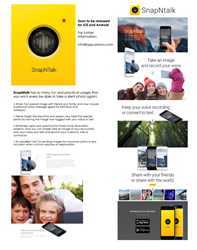








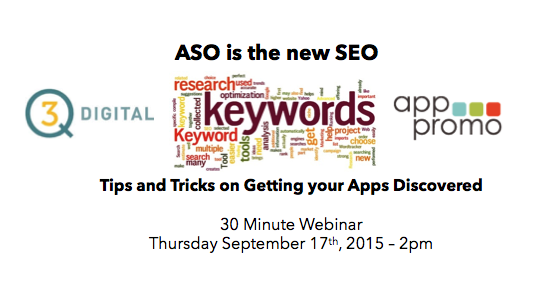 App Promo and 3Q Digital are pleased to present a one hour webinar on Thursday September 17th from 2-3pm on the topic of #ASO is the new SEO -Tips and Tricks on Getting your Apps Discovered. Mark your calendars for this date and listen to Gary Yentin, CEO of App Promo and Craig Weinberg. Vice-President Mobile Strategy of 3Q Digital discuss the timely topic of #ASO.
App Promo and 3Q Digital are pleased to present a one hour webinar on Thursday September 17th from 2-3pm on the topic of #ASO is the new SEO -Tips and Tricks on Getting your Apps Discovered. Mark your calendars for this date and listen to Gary Yentin, CEO of App Promo and Craig Weinberg. Vice-President Mobile Strategy of 3Q Digital discuss the timely topic of #ASO.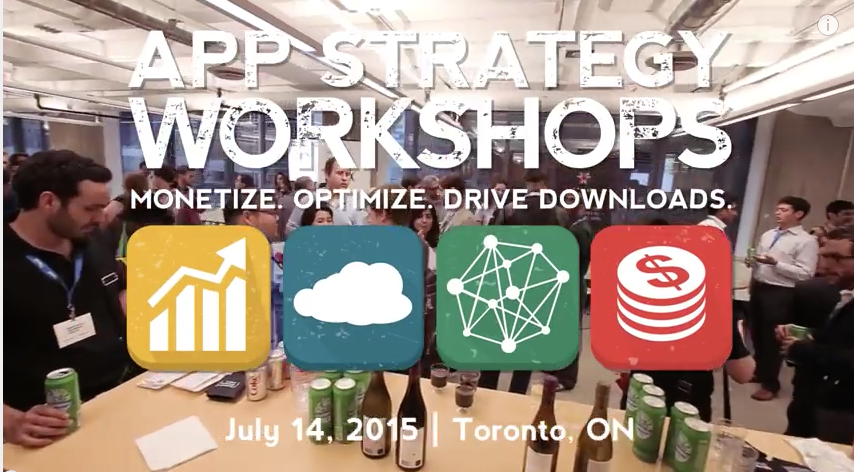



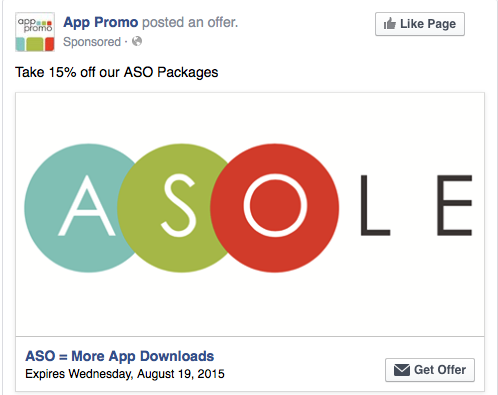
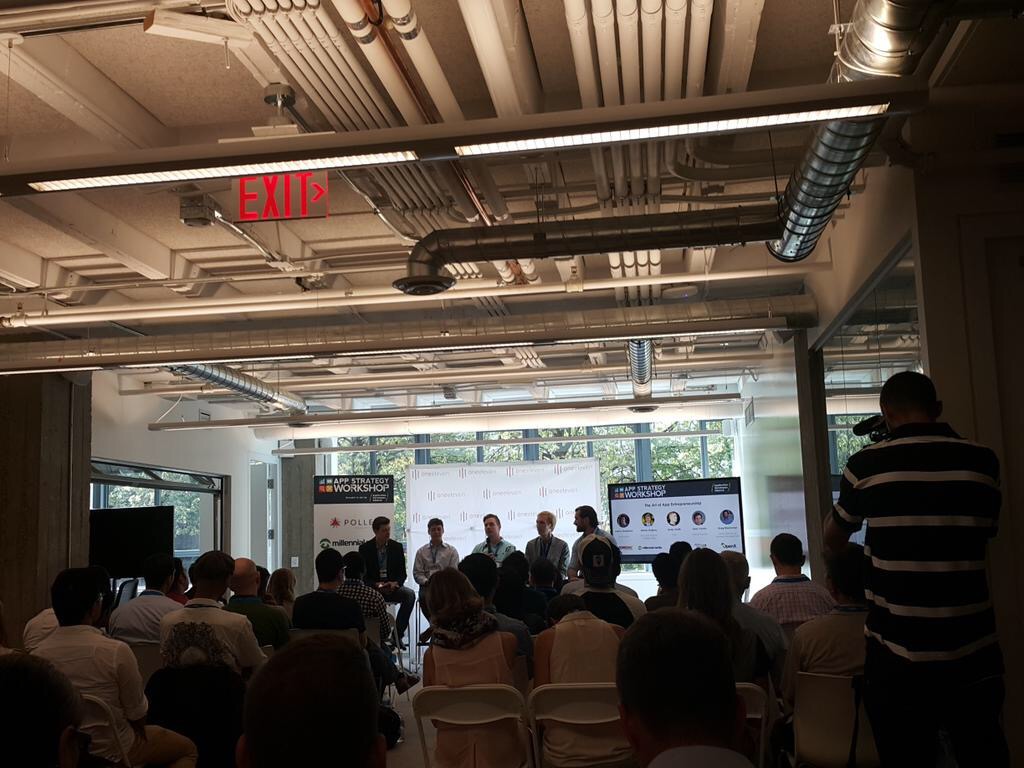
 by
by  Name: Gary Yentin
Name: Gary Yentin
